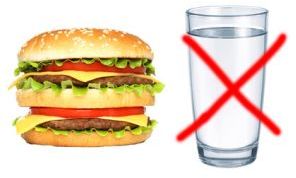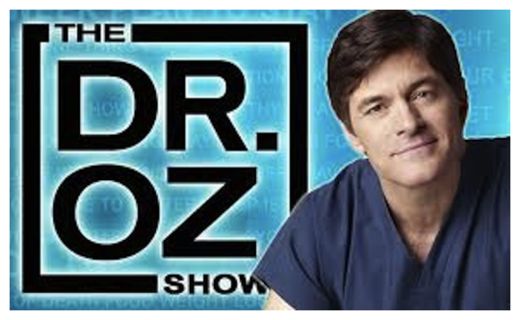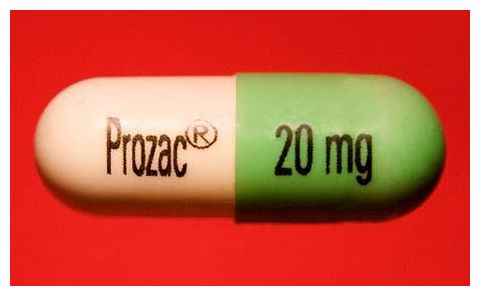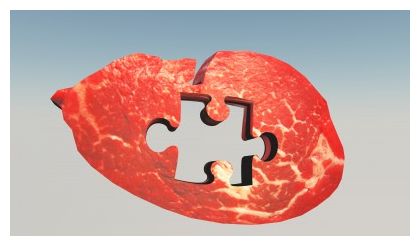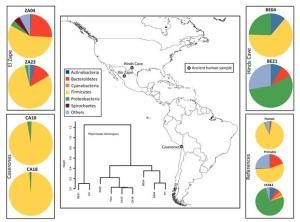Environmental Working Group has just released an excellent report (available here) on the impact of that pollution on water quality in Iowa, ground zero of US industrial agriculture. The condition of that state's water is, in short, dismal. EWG looked at data kept by Iowa's Department of Natural Resources on 72 free-flowing streams across the state, comparing the 1999-2002 period and the 2008-11 period. In the chart, below, note that the majority of streams are rated either "poor" or "very poor" - and that the situation has improved little if at all over time. The main culprits are nitrogen and phosphorus. Here's EWG:
The two pollutants most responsible for poor water quality ratings in the Index are nitrogen and phosphorus. In 55 percent of the monthly samples across all sites, nitrogen was the single worst pollutant, followed by phosphorus in 30 percent. Together, high levels of nitrogen and phosphorus set off a cascade of pollution problems that contaminate drinking water and damage the health of Iowa's streams and rivers.
